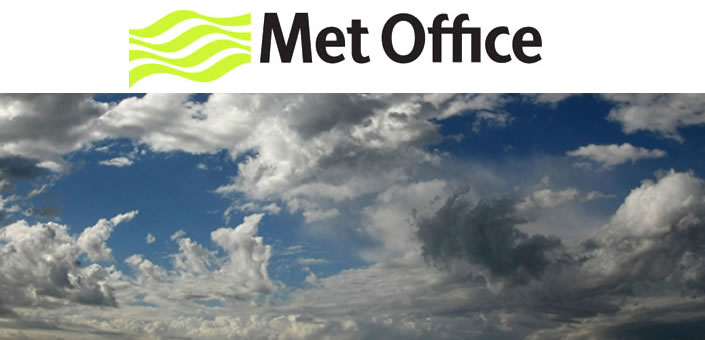An El Niño, the most powerful fluctuation in the climate system, has begun in the tropical Pacific, potentially causing severe conditions around the world, including many key livestock and livestock feed production areas, according to the Met Office.
“Early signs of an El Niño last year failed to fully develop and atmospheric conditions remained close to neutral into the start of 2015,” said the Met Office. “Now, however, observations from the tropical Pacific show that we have moved to weak El Niño conditions for the first time in five years.”
While it is still too early to determine “with confidence” how strong this El Niño might be, forecast models from centres around the world suggest this El Nino could strengthen from September onwards.
“El Niño is a warming of the Pacific Ocean as part of a complex cycle linking atmosphere and ocean,” said the Met Office. “It sees a huge release of heat from the Pacific Ocean into the atmosphere, which can disrupt weather patterns around the world.”
Globally, an El Niño can create poor monsoons in Southeast Asia, droughts in southern Australia, the Philippines and Ecuador, blizzards in the United States, heatwaves in Brazil and extreme flooding in Mexico. The weather consequences, to date, remain “much less clear for Europe and the UK”.
“There has been some media speculation about how El Niño conditions could impact our (UK) weather over the coming months,” said the Met Office. “However, even a strong El Niño only slightly changes the risk of extreme UK spring and summer weather and we wouldn’t expect it to be the dominant driver of our
weather over the next few months.”
Looking further ahead, the Met Office added that a number of factors affect winter conditions in Britain, with the increase in risk of a colder winter this year, caused by the developing El Niño, considered to be “small” at present.




